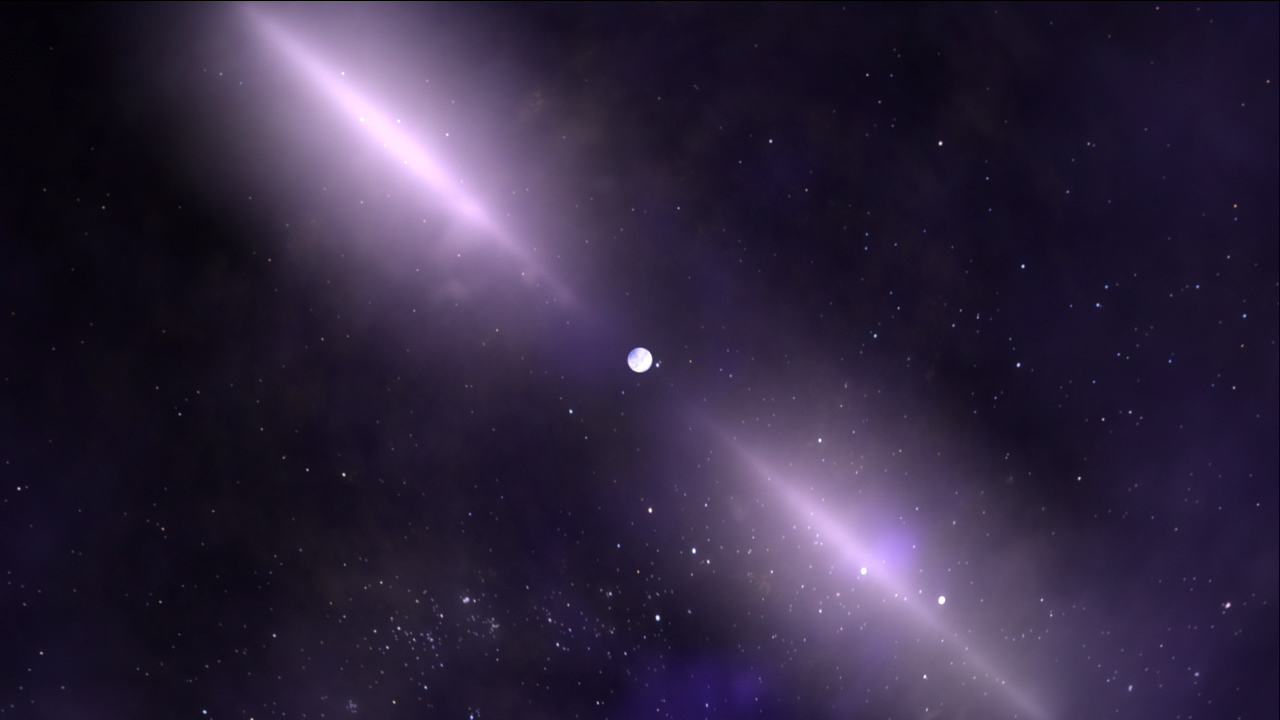Unexpected Discoveries in the Environment of a Neutron Star

An unexpected infrared emission was sensed by the Sensors of the Hubble Telescope. The radiation originated from a nearby electron star, and it may reveal new and unknown features regarding the pulsar. A joint team of researchers from the U.S. and Turkey are now analyzing the nature of the source. The results could help astronomers to properly track the evolution of neutron stars, high-density remnants of what was once a massive star that became a supernova.
The neutron star was already part of an interesting group of X-ray pulsars that have unusual features. They are warmer than they should be a feature that has attracted the attention of researches around the world. The neutron star that attracted the attention has been emitting and infrared pulse that extended beyond the previously known limits and it is the longest pulse of only infrared radiation that has been observed.
Two theories may explain the emission detected by Hubble. According to the first one, the star may have a deposit of materials that coagulated into what is known as ‘’fallback disk’’. It was formed from material left in the aftermath of the supernova. The disk surrounded the neutron star, causing it to heat up and slow down its rotation. If the theory is confirmed, our understanding of neutron stars may branch to new and interesting discoveries.
The second theory is the existence of a pulsar wind nebula that causes the infrared emissions. The nebula requires the existence of a pulsar wind, which appears when the electric particles that surround a neutron star accelerate and hit the magnetic shield around the same star. As the neutron star moves as at a greater speed, a shock can appear from the collision between the interstellar medium and the pulsar wind nebula.
While neutron stars are generally observed on the base of X-ray emissions, the inclusion of infrared radiation may offer valuable information for the astronomic community.
0 comments